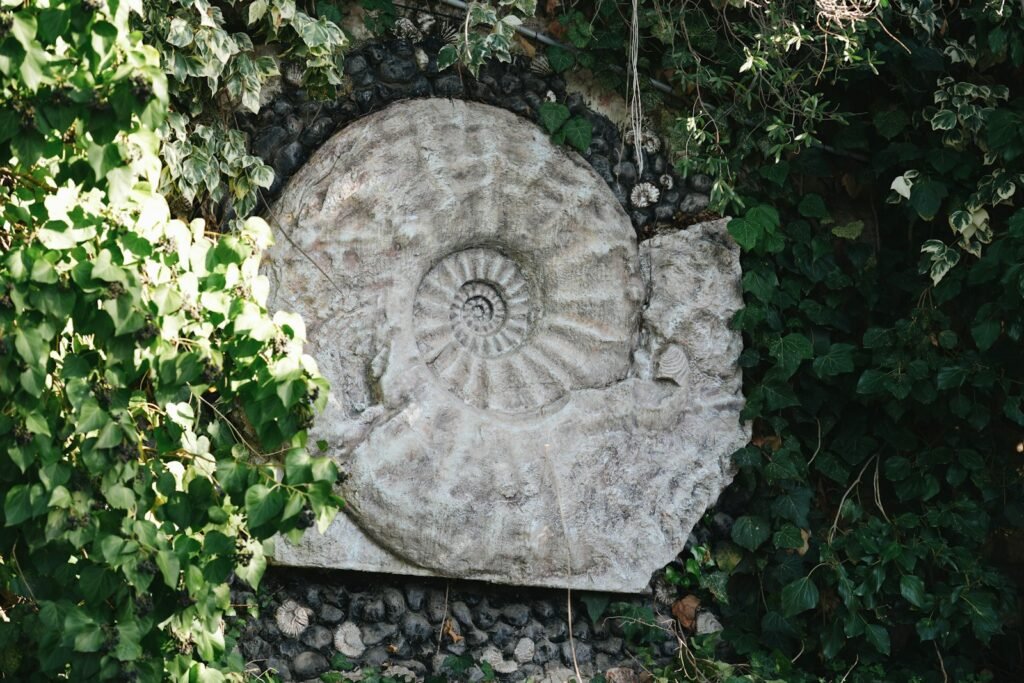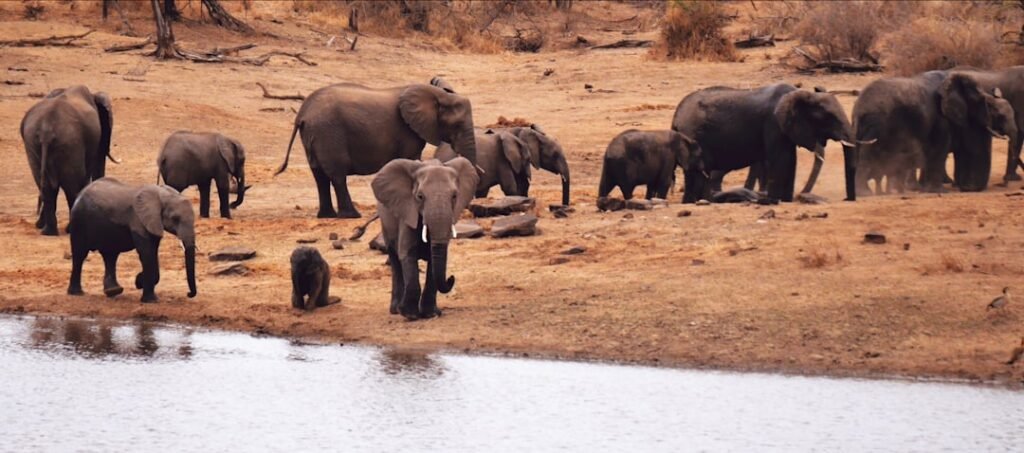For more than a century, a single spiral of teeth has taunted paleontologists with a maddening question: where in the world did it go in the mouth? The animal behind that riddle – Helicoprion – swam Earth’s seas long before dinosaurs, yet its legacy feels strangely modern, like a design brief left on a lab bench. At first glance it reads like monster fiction; in reality it’s a careful story of fragments, scans, and stubborn curiosity. As new imaging techniques peeled back the mystery, the picture that emerged was less outlandish than early drawings but even more astonishing: a precision slicing machine hidden inside a cartilaginous jaw. And as we decode this spiral, we learn not just about an extinct predator, but about how science advances when courage meets patience.
The Hidden Clues
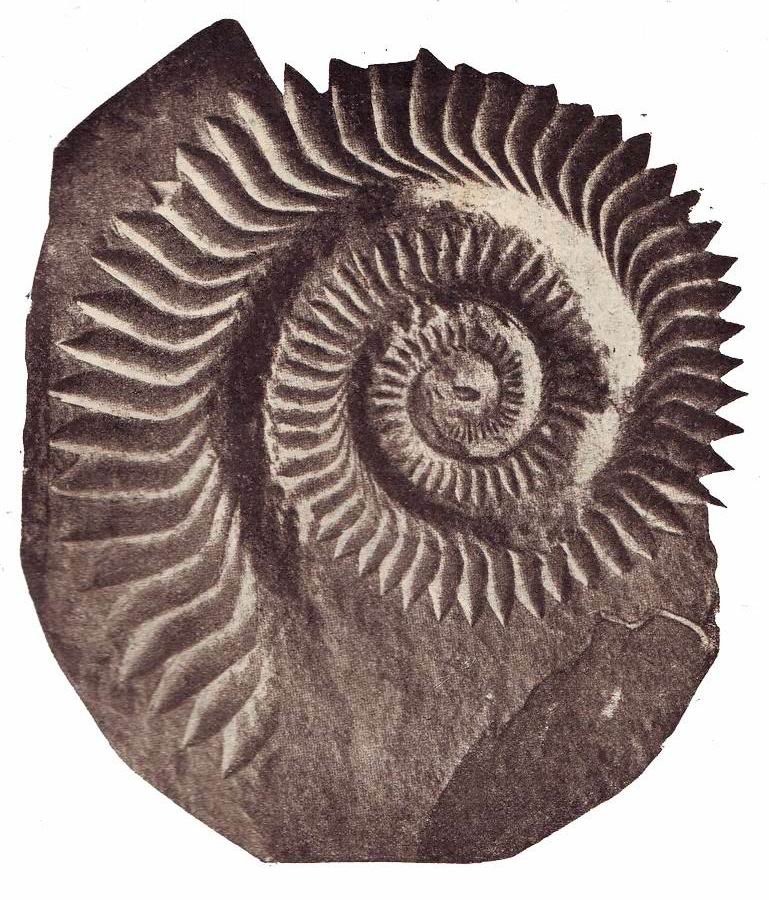
Imagine a jaw that grows like a coiled tape measure, each new tooth pushing the older ones inward instead of tossing them away. That’s the strange logic of Helicoprion’s tooth-whorl, a spiral of serrated teeth that kept adding new blades as the animal aged. Because cartilage rarely fossilizes, the spiral is what the rock preserved while the rest of the skull dissolved into geologic memory. Early fossil hunters were left with a puzzle piece so weird it seemed like a prank.
The first time I stood over a museum drawer labeled “buzz-saw shark,” I felt the same mix of awe and confusion others have written about: beautiful engineering, almost no instructions. For decades, reconstructions swung wildly – from a circular saw stuck on the snout to a throat-located spiral that looked like a kitchen gadget gone rogue. The truth, it turns out, sits in the lower jaw, where the whorl acted less like a spinning blade and more like a conveyor of teeth that grabbed and sliced as the mouth closed. It’s a design that seems excessive until you picture soft-bodied prey sliding past in dark Permian seas.
From Ancient Tools to Modern Science
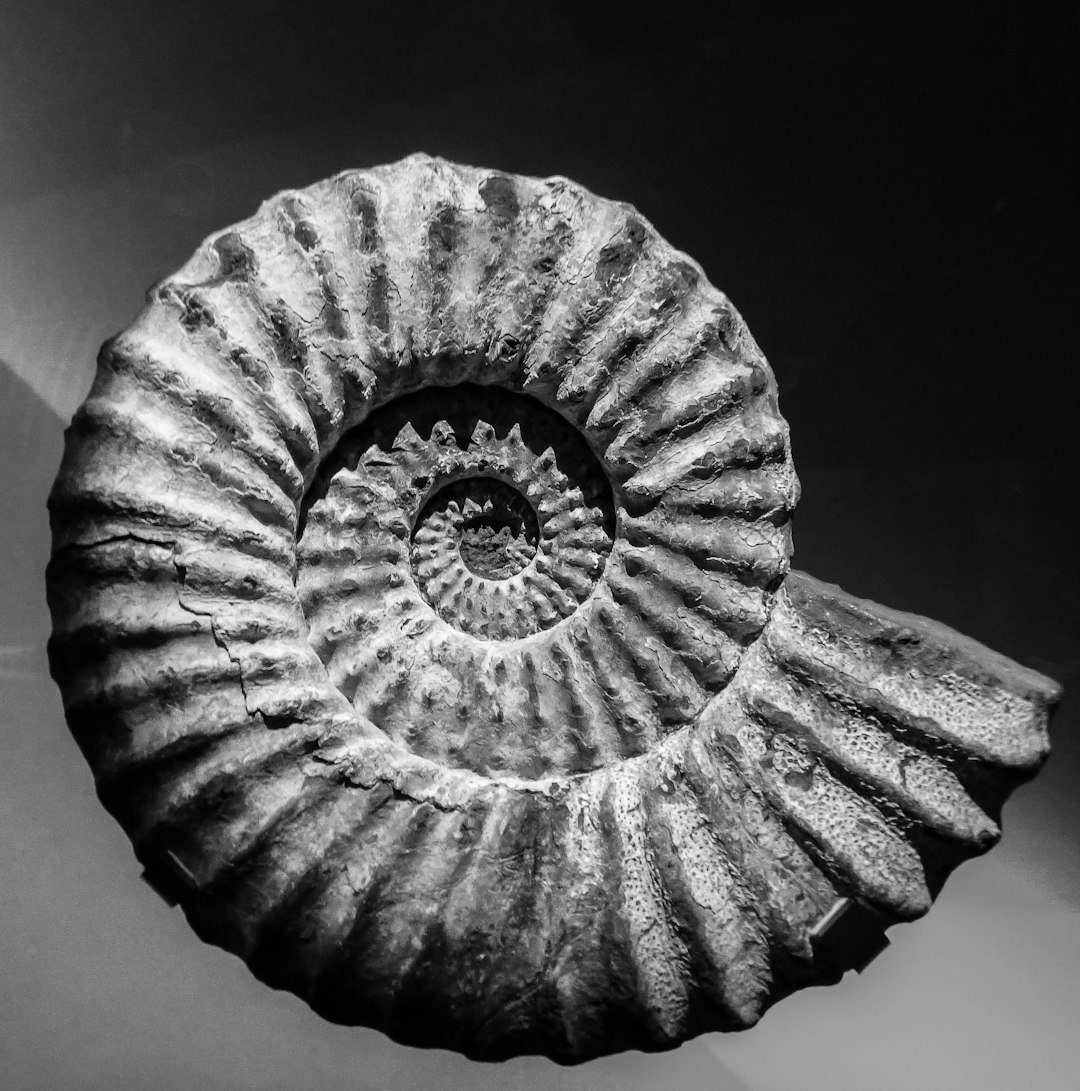
When nineteenth-century miners and ranchers first turned up the curious spirals, they reached for the analogies they knew – saws, rams’ horns, coiled shells – and the literature followed suit. Without skulls, every sketch felt like guesswork stitched to bravado. Even skilled anatomists argued over whether the spiral belonged in the upper jaw, lower jaw, or somewhere in the throat.
The stalemate broke only when high-resolution imaging entered the scene and let scientists examine the rare fossils that still held slivers of jaw cartilage. Virtual models could be tested against biomechanics rather than hunches, and suddenly the spiral snapped into a functional place. The narrative shifted from spectacle to system: this wasn’t a circus prop, it was a specialized feeding apparatus.
Rebuilding a Monster Mouth
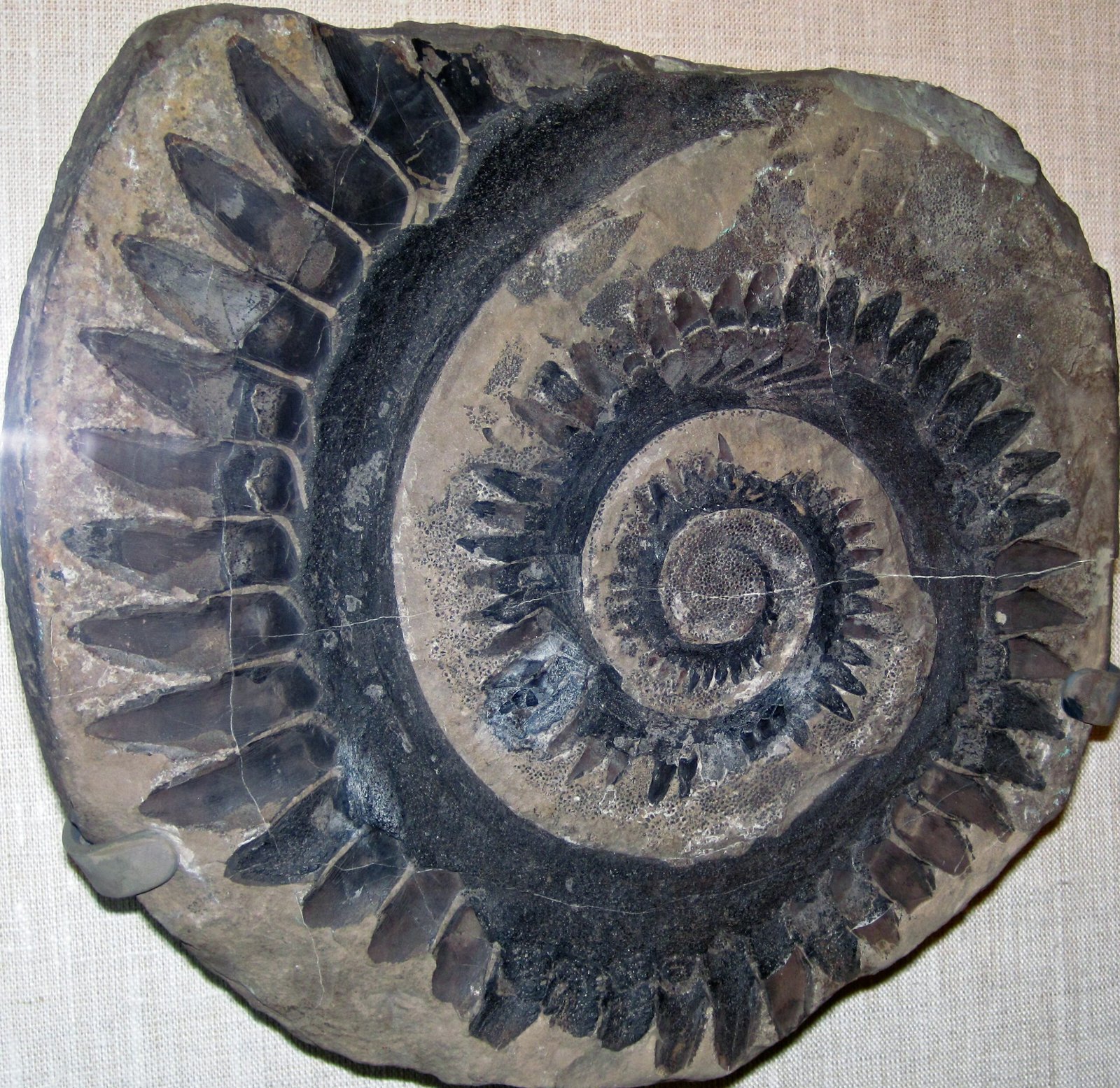
Digital reconstructions show the tooth-whorl anchored at the chin, with new teeth forming at the outside of the spiral and older ones rotating inward like steps on a curved escalator. As the jaw shut, the whorl pulled prey deeper into the mouth while serrations sheared tissue – think of a mandolin slicer that also drags tomatoes toward the blade. This mechanism explains why the oldest teeth sit buried near the center of the spiral, worn and crowded, while the freshest blades line the outer arc.
Crucially, the model fits the constraints of cartilage, which needs support from ligaments and muscle, not rigid bone. The lower-jaw placement also aligns with growth patterns seen in related cartilaginous fishes, a quiet but important cross-check that keeps the reconstruction honest. No spinning saw required, just a tight choreography of leverage and motion that turned closing force into cuts. It’s less flashy than a buzz saw, but far more plausible in flesh and blood.
Life in a Permian Sea
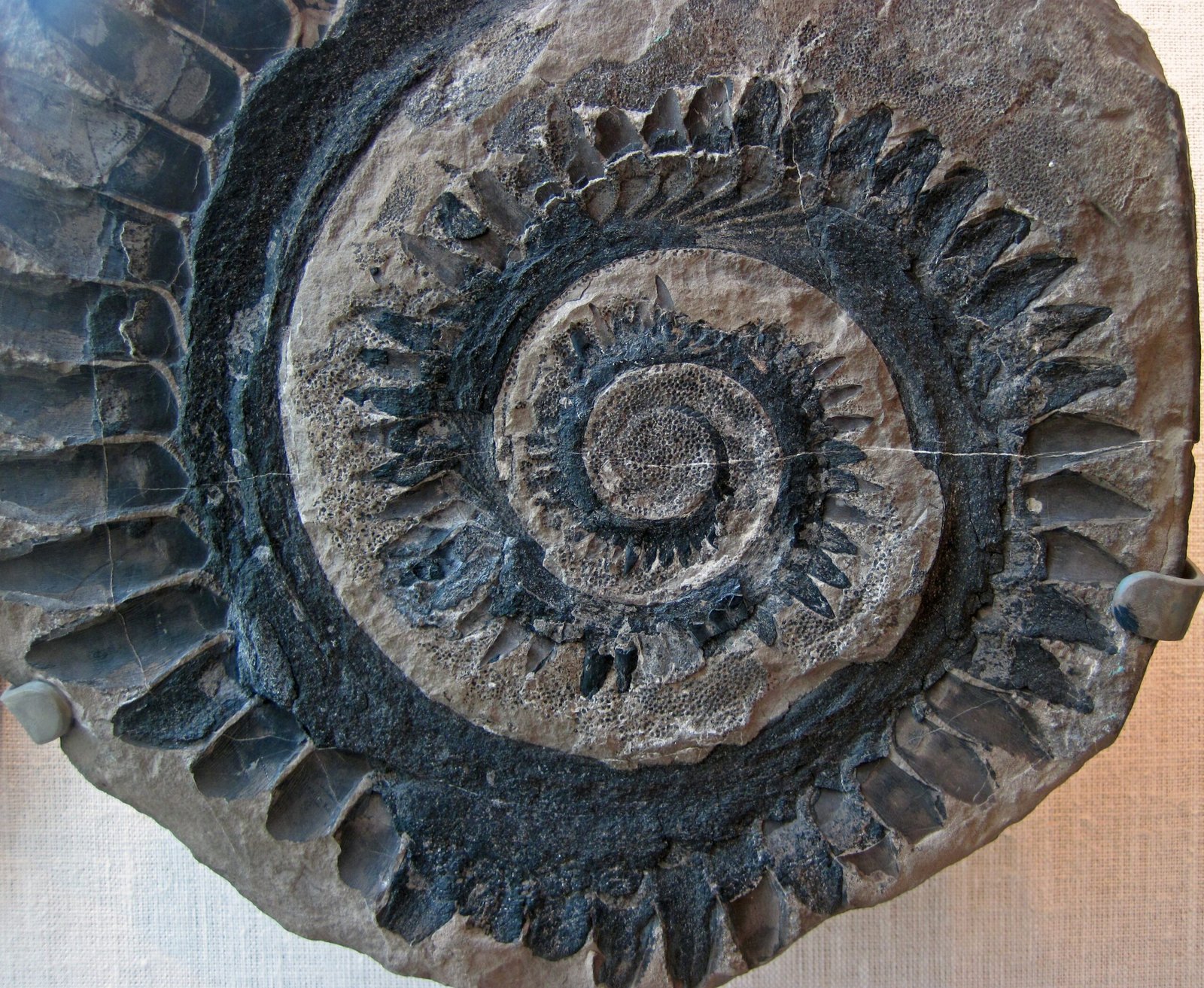
Helicoprion cruised warm, productive waters during the Permian Period, long before the great extinction reset marine ecosystems. Picture inland seas and continental shelves teeming with cephalopods, early bony fishes, and other shark-like relatives – an underwater cafeteria with soft and shelled options. Fossil tooth-whorls pop up across what is now western North America and parts of Eurasia, hinting that this lineage did well in far-flung habitats.
Size estimates vary, but the biggest species likely stretched the length of a small bus, muscular and streamlined rather than bulky. With a long, narrow skull and that singular jaw apparatus, Helicoprion wasn’t built to crush armored prey; it was a slicer, not a smasher. Even its fin placement, inferred from relatives, suggests stamina over sprinting, a cruiser that picked its moments. In a sea of generalists, specialization like this can be a winning bet – until the rules of the game change.
What It Ate and How It Hunted
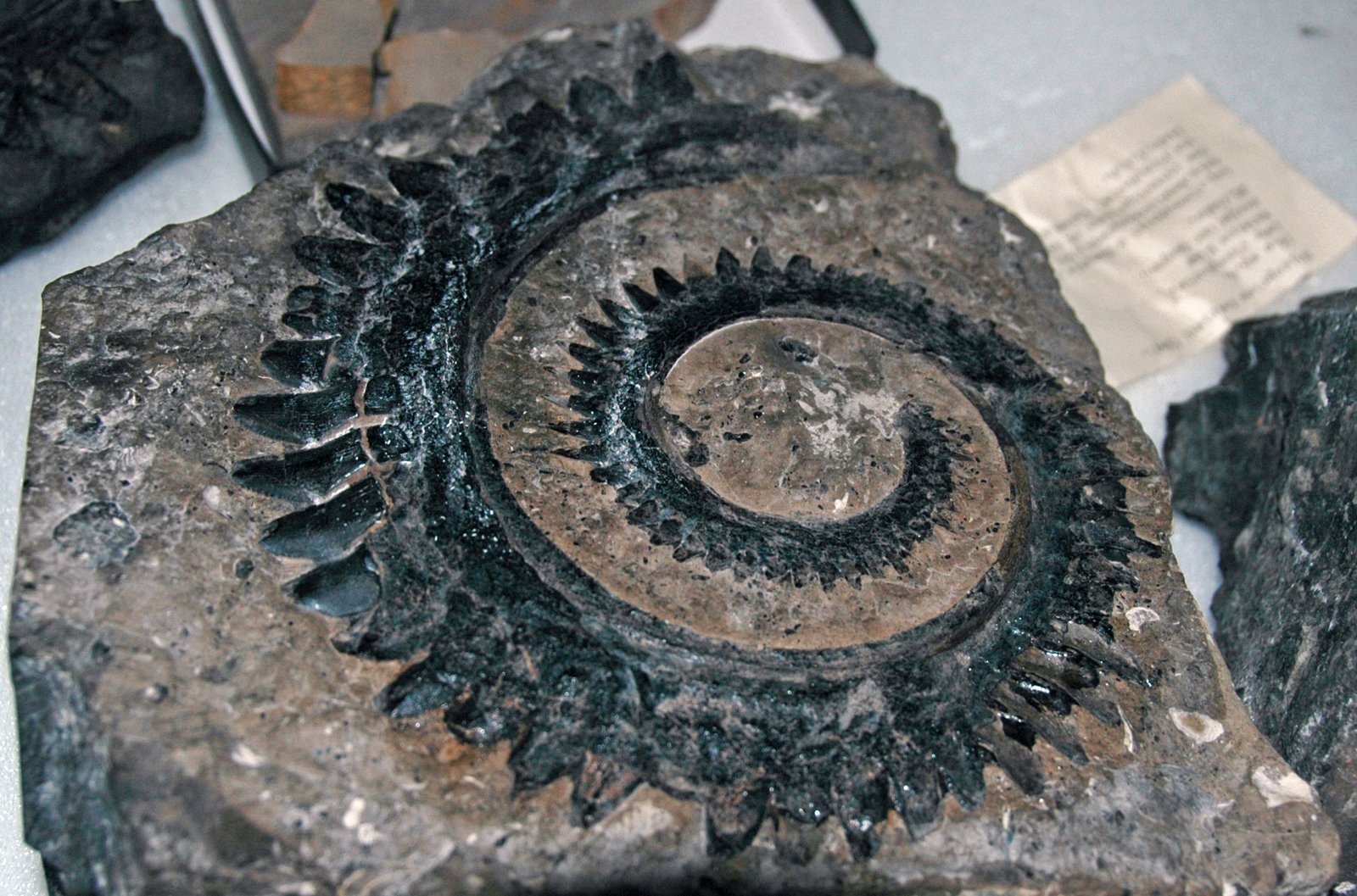
Soft-bodied prey – especially squid-like animals – make the most sense for a tool that excels at slicing and drawing tissue inward. The tooth edges are sharp and recurved, ideal for snagging slippery targets and turning a bite into a controlled pull. Some scientists argue it could have wrenched strips from shelled animals once the soft parts were exposed, but it probably wasn’t prying open hard armor on its own.
Biomechanical tests on reconstructions point to a bite that concentrated force along the whorl, a clever way to turn modest muscle into meaningful cuts. Instead of chewing, Helicoprion likely took decisive, longitudinal bites, then swallowed. It’s a strategy we see echoed in some modern predators that rely on motion rather than molars. When your kitchen has no grinding surfaces, you design the perfect knife.
Why It Matters
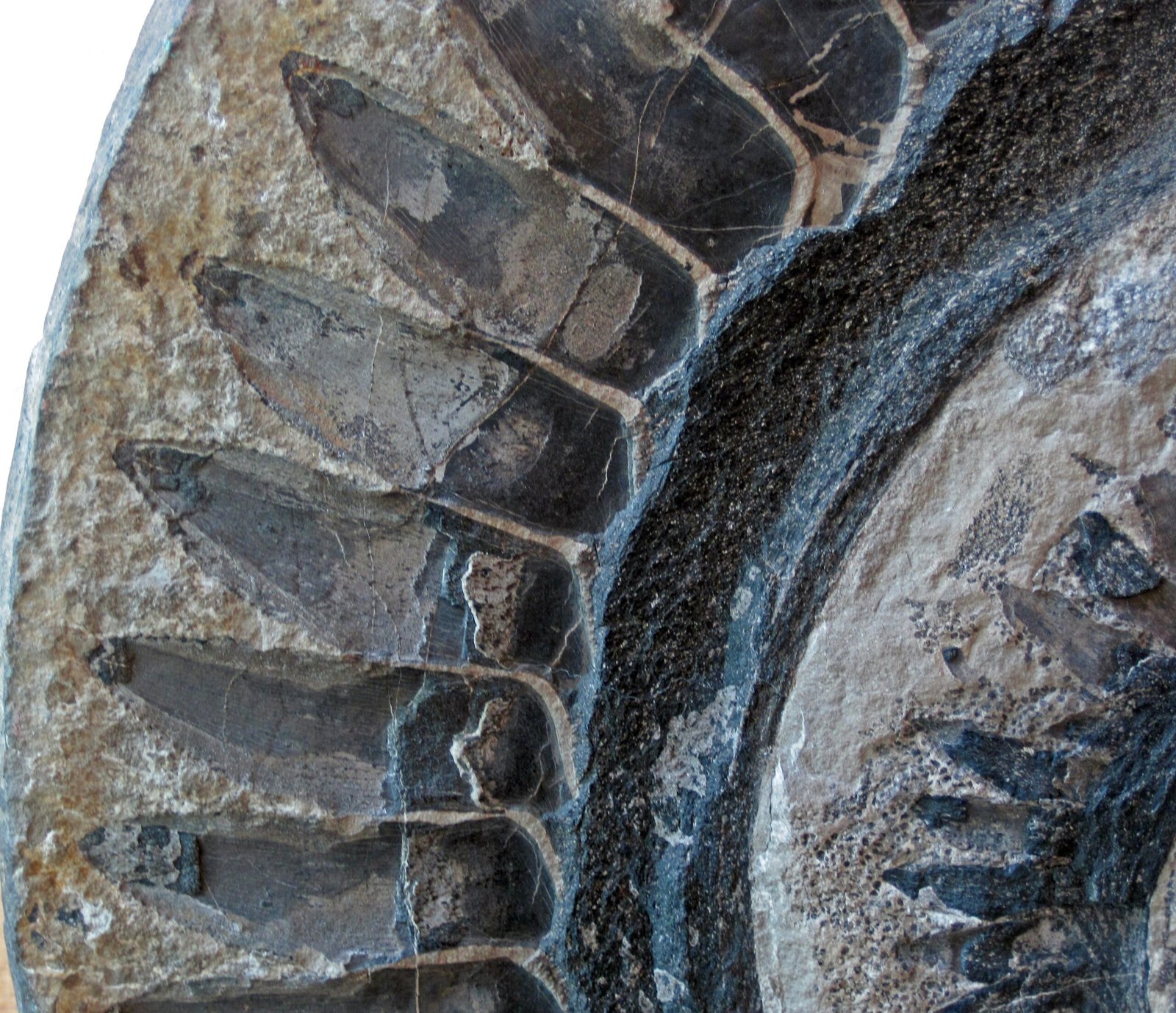
Helicoprion is a masterclass in how science moves from mythic sketches to measured models. It challenges a century of assumptions, then shows how modern tools – CT imaging, 3D reconstruction, and biomechanical simulations – can breathe life into calcium phosphate and cartilage shadows. Compared with the old guesswork, today’s reconstructions are testable, repeatable, and falsifiable, which is the difference between a cool idea and a durable explanation.
There’s a bigger payoff, too: insights from this spiral jaw spill into questions about tooth replacement, growth, and the limits of functional design. Engineers studying serial cutting edges and self-advancing blades have already taken notes from nature’s spiral. And for evolutionary biologists, Helicoprion anchors a branch of cartilaginous fish history that otherwise dissolves in the rock record, giving us a rare window into diversity we almost lost.
The Future Landscape
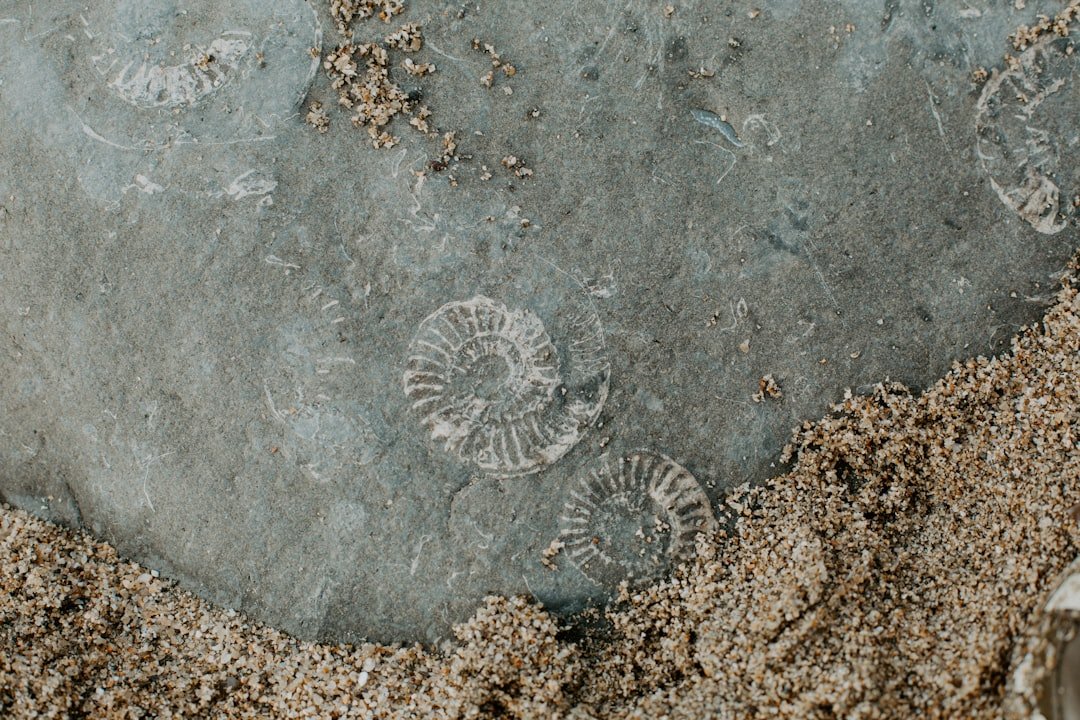
The next breakthroughs will likely come from sharper scans and smarter models – synchrotron imaging that reads tissue densities like barcodes, machine learning that predicts soft tissue from bony outlines, and finite-element simulations that stress-test every hinge and edge. With each new specimen, researchers can compare growth stages and species-level differences, refining how the spiral changed with age and diet. Expect isotope work on tooth chemistry to map migrations and water temperatures, turning whorls into tiny climate archives.
Fieldwork still matters just as much: working quarries, phosphorite mines, and understudied collections could yield associated parts that lock down body shape and fin proportions. Better 3D prints will let teams around the world test competing bite models on identical replicas, a quiet revolution in reproducibility. If a new fossil turns up with jaw cartilage preserved in place, it could close remaining gaps in how the whorl anchored and moved. Science thrives when the lab and the outcrop talk to each other.
From Ancient Tools to Modern Wonder: A Personal Take
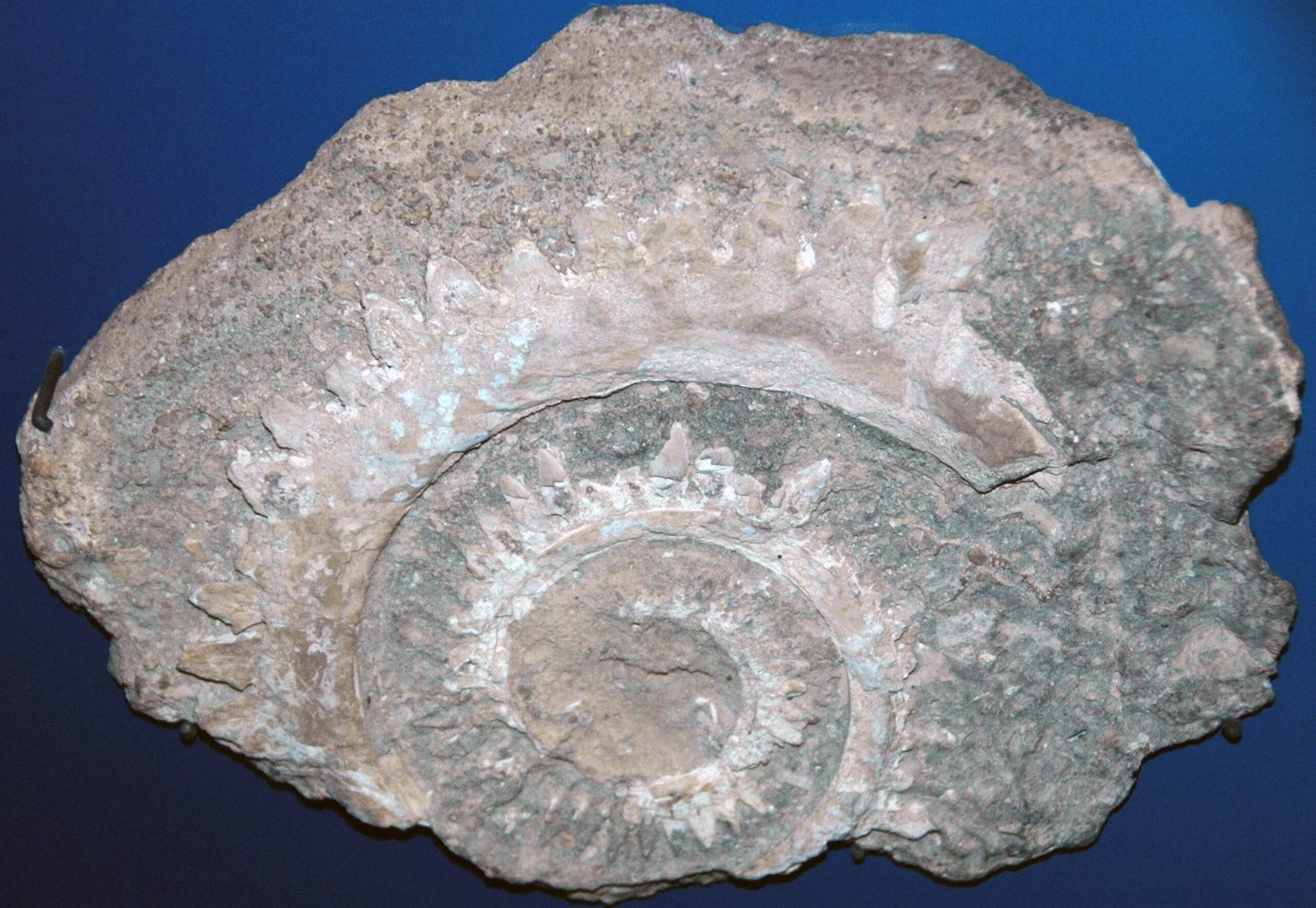
I’ll admit it: Helicoprion is the fossil that made me fall for the elegance of weird design. Standing in front of that spiral, I stopped thinking about monsters and started seeing a problem-solving machine tuned by millions of years. There’s something refreshing about an animal that leans all-in on a single trick and makes it work across oceans.
We tend to tell evolution stories as if every feature must multitask, but sometimes a blade is just an excellent blade. The spiral jaw is nature’s memo that specialization, when matched to the moment, can be unbeatable. The catch is that moments end, and the Permian ended in fire and ash. Even the sharpest tool can’t cut through a mass extinction.
Conclusion
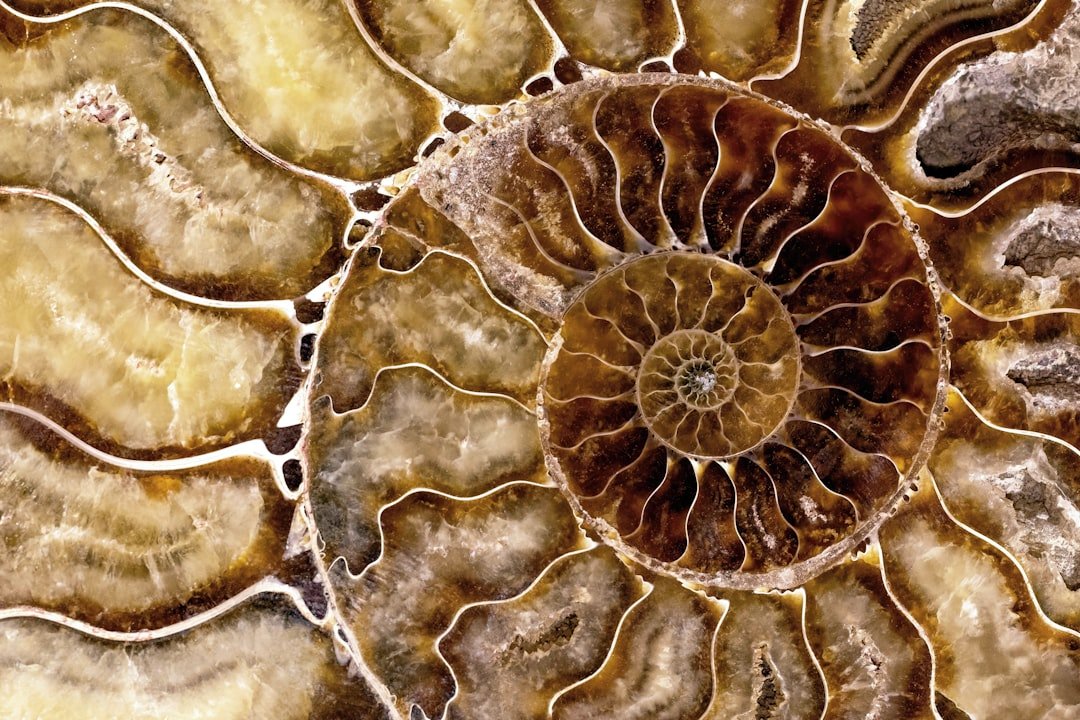
If this story hooked you, start local: visit regional museums and ask to see their Paleozoic collections, where overlooked drawers often hold the next big clue. Support digitization efforts that scan and share fossils globally so independent teams can interrogate the same data from different angles. When you donate or volunteer, prioritize projects that pair field discovery with open, testable models – because that’s how myths become mechanisms.
Teachers and parents can spark curiosity with hands-on builds, from paper spirals to 3D-printed whorls that demonstrate how teeth advance as the jaw closes. And if you work in design or engineering, steal shamelessly from this spiral; nature won’t send a cease-and-desist. The past is a lab we all inherit – are you ready to open a drawer and be surprised?

Suhail Ahmed is a passionate digital professional and nature enthusiast with over 8 years of experience in content strategy, SEO, web development, and digital operations. Alongside his freelance journey, Suhail actively contributes to nature and wildlife platforms like Discover Wildlife, where he channels his curiosity for the planet into engaging, educational storytelling.
With a strong background in managing digital ecosystems — from ecommerce stores and WordPress websites to social media and automation — Suhail merges technical precision with creative insight. His content reflects a rare balance: SEO-friendly yet deeply human, data-informed yet emotionally resonant.
Driven by a love for discovery and storytelling, Suhail believes in using digital platforms to amplify causes that matter — especially those protecting Earth’s biodiversity and inspiring sustainable living. Whether he’s managing online projects or crafting wildlife content, his goal remains the same: to inform, inspire, and leave a positive digital footprint.

